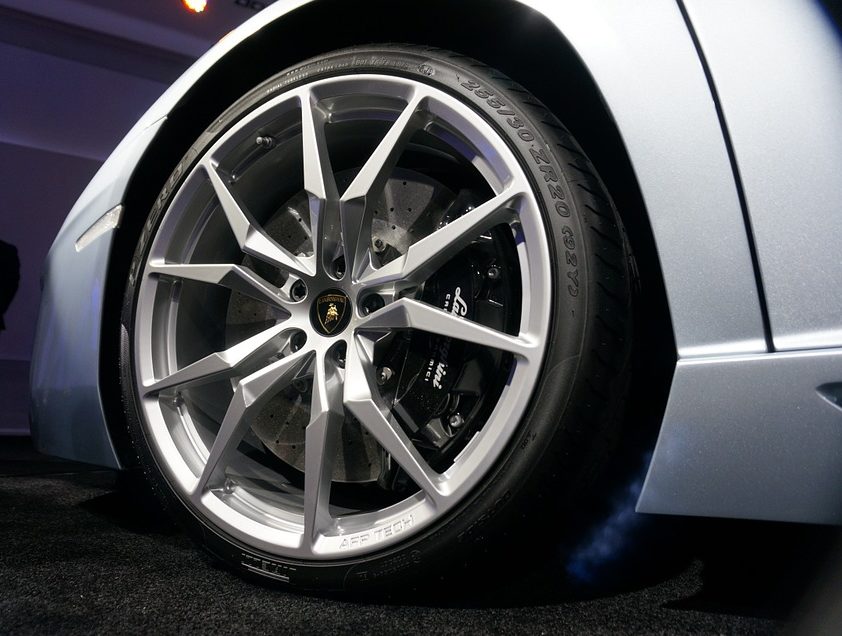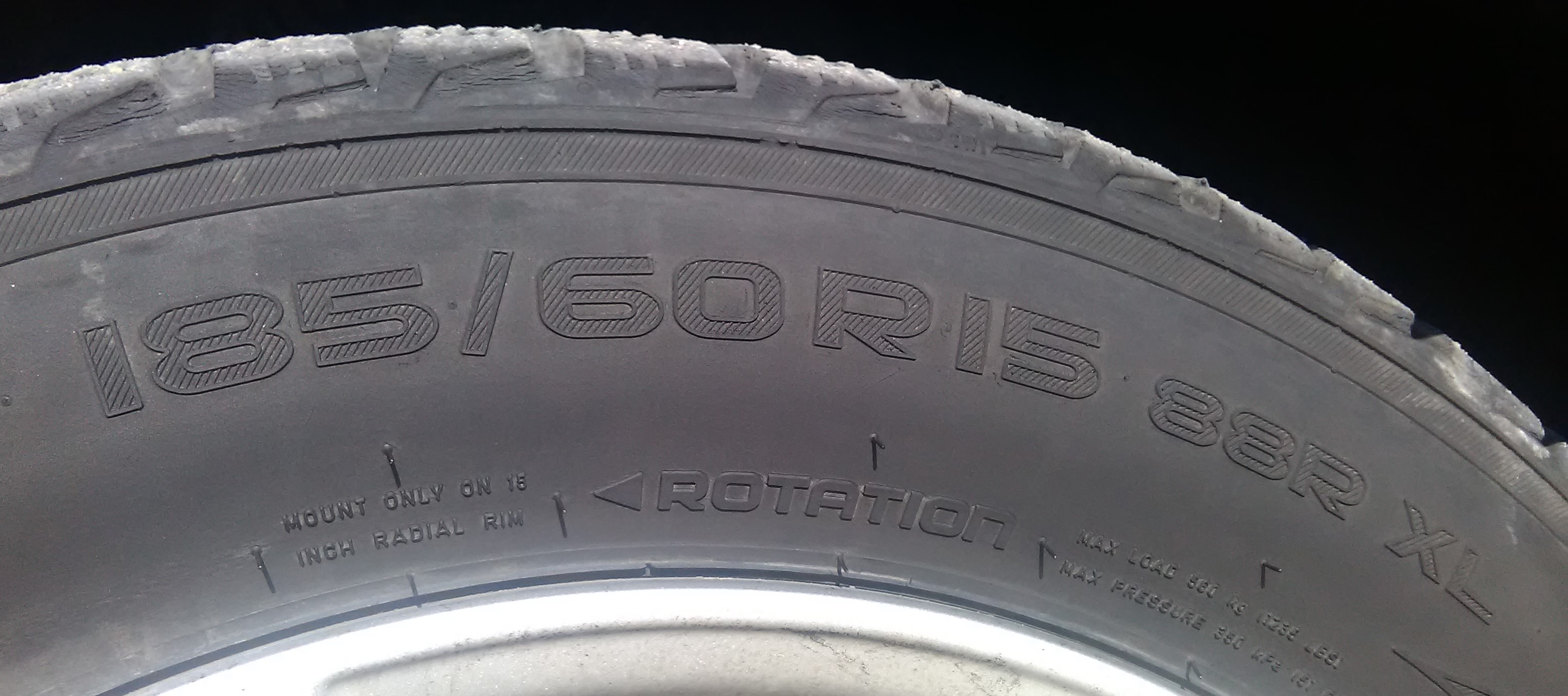The modern age of speeds is hard to imagine without a car. And the question of which tires to use on your car is directly related to the safety and comfort of road travel. The editors of the site "bestx.htgetrid.com/en/" will help you understand the issue of choosing summer tires.
Content
How to choose summer tires: criteria
Load and speed index
A tire is the shoe of a car. Its main tasks are to convert the engine torque into the translational motion of the car and withstand the load of the weight of the car with the load. Based on this, one of the most important indicators of a tire is the load and speed indices, which are applied immediately after the tire size.
The load index is indicated by a number from 0 to 279.
| Load index | tire load, kg | Load index | tire load, kg | Load index | tire load, kg | Load index | tire load, kg |
|---|---|---|---|---|---|---|---|
| 60 | 250 | 76 | 400 | 92 | 630 | 108 | 1000 |
| 61 | 257 | 77 | 412 | 93 | 650 | 109 | 1030 |
| 62 | 265 | 78 | 425 | 94 | 670 | 110 | 1060 |
| 63 | 272 | 79 | 437 | 95 | 690 | 111 | 1090 |
| 64 | 280 | 80 | 450 | 96 | 710 | 112 | 1120 |
| 65 | 290 | 81 | 462 | 97 | 730 | 113 | 1150 |
| 66 | 300 | 82 | 475 | 98 | 750 | 114 | 1180 |
| 67 | 307 | 83 | 487 | 99 | 775 | 115 | 1215 |
| 68 | 315 | 84 | 500 | 100 | 800 | 116 | 1250 |
| 69 | 325 | 85 | 515 | 101 | 825 | 117 | 1285 |
| 70 | 335 | 86 | 530 | 102 | 850 | 118 | 1320 |
| 71 | 345 | 87 | 545 | 103 | 875 | 119 | 1360 |
| 72 | 355 | 88 | 560 | 104 | 900 | 120 | 1400 |
| 73 | 365 | 89 | 580 | 105 | 925 | 121 | 1450 |
| 74 | 375 | 90 | 600 | 106 | 950 | 122 | 1500 |
| 75 | 387 | 91 | 615 | 107 | 975 | 123 | 1550 |
The speed index is indicated by a letter of the Latin alphabet.
| Speed index | F | G | J | K | L | M | N | P | Q | R | S | T | U | H | V | W | Y |
|---|---|---|---|---|---|---|---|---|---|---|---|---|---|---|---|---|---|
| Speed, km / h | 80 | 90 | 100 | 110 | 120 | 130 | 140 | 150 | 160 | 170 | 180 | 190 | 200 | 210 | 240 | 270 | 300 |
Combined, these two values mean that at a speed corresponding to the speed index, the wheel is able to withstand the load according to the corresponding index. For example, a tire labeled 88R can carry a load of 560 kg at a speed of 170 km / h.
Let's see how to correctly determine the minimum required load index.
Modern cars, crossovers and SUVs structurally have axle load distribution at full vehicle load in a ratio of 40% x 60%. That is, one axis carries a large load and the calculation is done exactly along this axis.
For the calculation, we take the maximum permitted vehicle weight, which is indicated in the vehicle passport or in the vehicle registration certificate, for example 1700 kg. Determine the load on the busiest axle - 60% of 1700 kg, we get 1020 kg. We divide this result by the number of wheels on the axle (in most cases these are two wheels) and we get the load on one wheel - 510 kg. According to the table, we determine the nearest larger load index - 85. The speed index is determined by the maximum possible speed declared by the manufacturer.
Incorrectly selected tires according to the load index and speed, at best, will lead to an increase in fuel consumption, loading of wheel bearings and their premature failure, damage to tires, with the impossibility of their restoration and further operation. In the worst case, this can lead to an accident with completely unpredictable consequences.
Seasonality of tires
Tires are divided into summer, all-season and winter, and they differ not only in the tread pattern, but also in the composition of the rubber compound from which they are made. The latter makes it possible to achieve the physical properties of a tire required for operation in various conditions.
Physical properties such as wear resistance, strength, resistance to alternating loads, energy intensity directly affect fuel consumption, the service life of a tire and car suspension elements.

Summer tires are made from a harder rubber compound. They are more resistant to wear, thanks to which the tread can be made shallower, and the tire itself is slightly lighter. Tires made from a hard rubber compound have lower rolling resistance, which, combined with the lighter weight, results in noticeable fuel savings.
Tire size
We have determined the load and speed indices, then it is necessary to decide on the standard size of the tire.
The tire size is determined by the vehicle manufacturer. Information about which tires can be installed on the car is indicated in the operating instructions and on the information plates, which are located on the inside of the fuel filler flap or on the B-pillar near the front door on the driver's side.
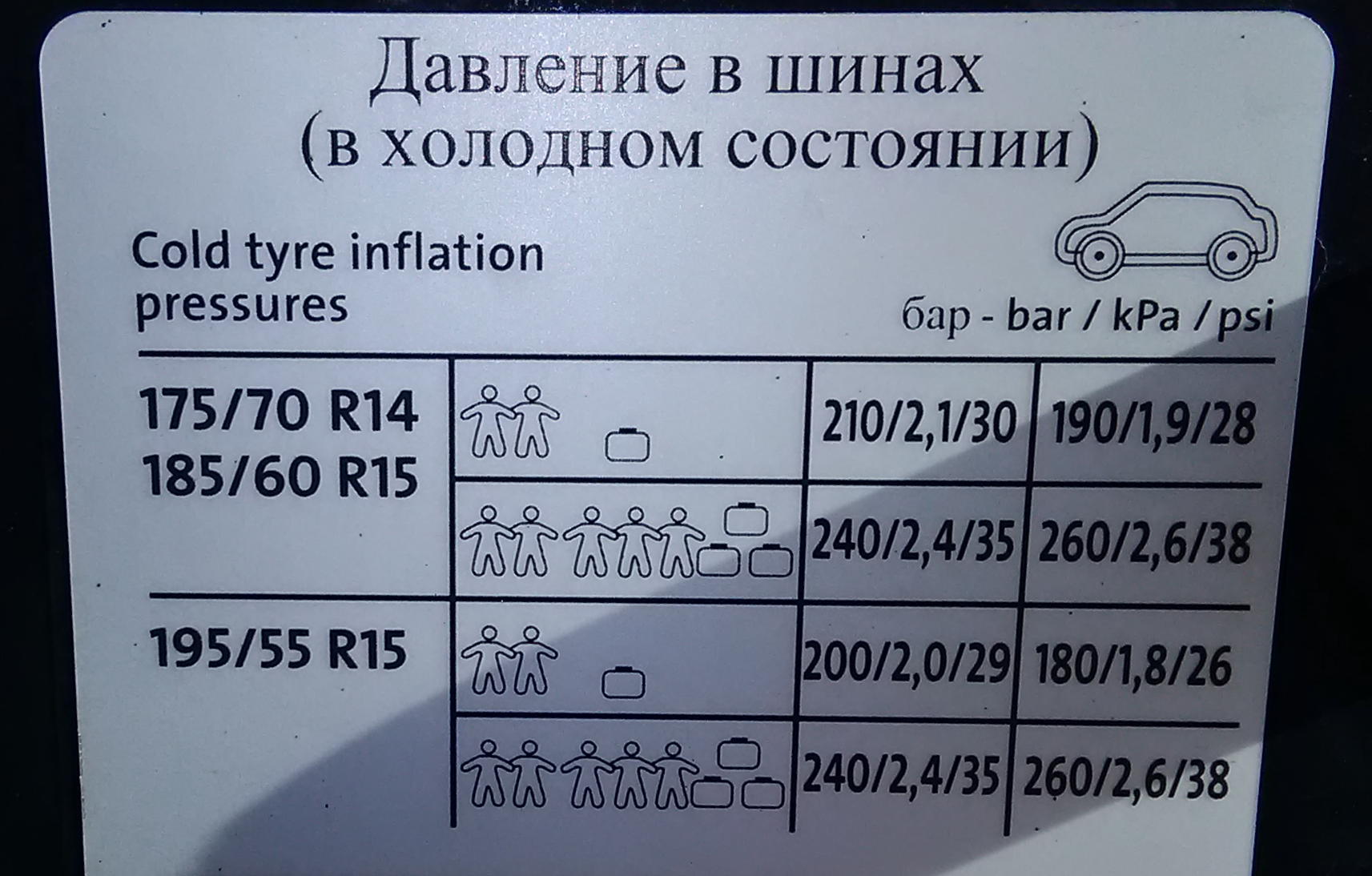
Tire size is determined by width, section height as a percentage of width, cord construction, and rim diameter.
For example, 195/60 R15 means that the width of the tire is 195 mm, the height of the profile (size from the edge of the rim to the outer diameter of the wheel) is 60% of 195 mm, that is, 117 mm, R is a radial tire, the rim diameter is 15 inches (381 mm ).
In addition to radial tires, denoted with the letter "R", there are bias tires - they come without a designation in the size or are designated with the letter "D", and bias-belted tires are designated with the letter "B", but they are rarely used on passenger cars.
The tire size determines such indicators as the outer diameter of the wheel, the size of the contact patch with the road and the energy intensity of the wheel.
Tire selection errors and their consequences
When installing a tire with an outer diameter greater than the recommended (with an increased profile height), the actual vehicle speed will be higher than the speed shown by the speedometer, since the speed readings are taken from ABC sensors, which read the wheel speed.
Installing a wheel with a smaller outer diameter will have the opposite effect. When the speedometer shows 60 km / h, the actual speed may differ by 2-3 km / h. This may be enough to receive a receipt for the payment of a speeding fine.
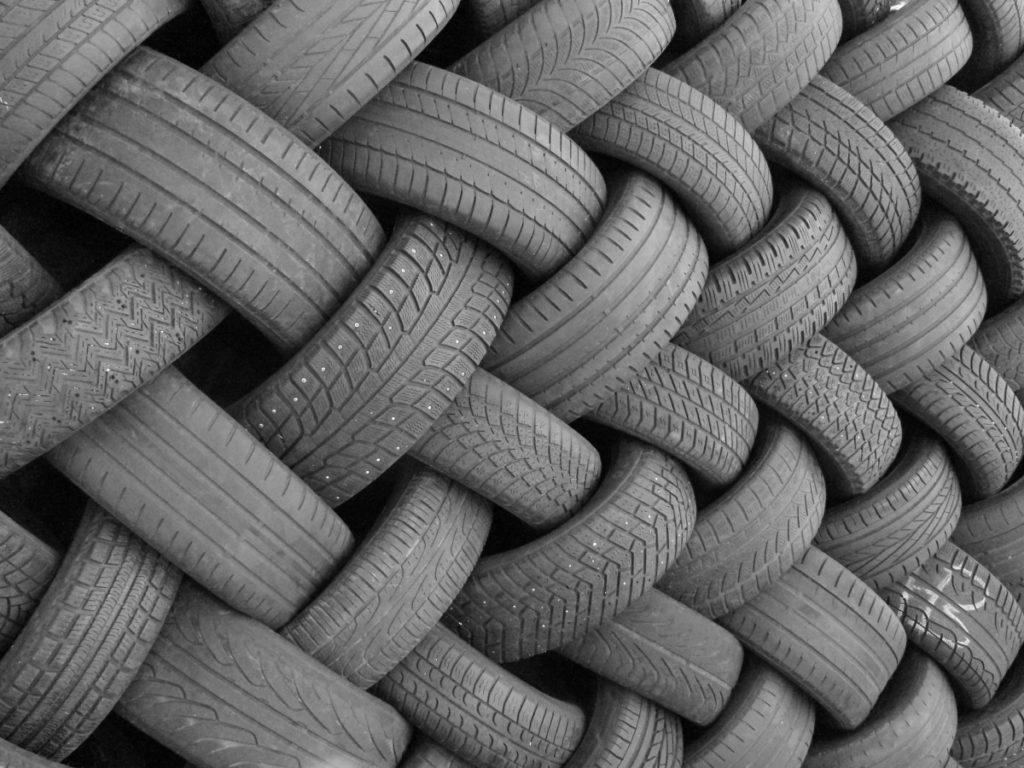
With an increase in the height of the tire profile, its energy consumption increases, which improves comfort when driving on uneven roads, but when driving in turns at high speed, the effect of moving the car away from the trajectory is observed, and directional stability worsens. It is for this reason that low-profile tires are installed on sports cars.
If you install a wider tire on the car, then the contact area of the wheels with the road will increase, the specific pressure on the road surface will decrease, the probability of slipping of the driving wheels increases, the power realization of the car worsens, the likelihood of the car stalling when braking increases, and the braking efficiency becomes lower. For this reason, on Formula 1 cars, front and rear wings are installed that allow to increase the specific pressure on the road due to the incoming air flow, as a result of which the contact of the wheels with the road is maintained in all driving modes.
In addition to the above, there is one more nuance. A wheel with a larger diameter and width may simply not fit in the wheel well of your car, or it will hit any body elements when cornering or when driving on uneven roads. In this case, damage can be received by both the body element and the tire.
Installing a tire with a smaller width and height profile than those recommended by the manufacturer also negatively affects the operation of the vehicle.The contact area between the wheel and the road decreases, the specific pressure on the road increases, the load-carrying capacity of the tire decreases, and tire wear is more intensive. The energy consumption of the wheel is reduced, and most of the energy from impacts when driving on uneven roads is transferred to the suspension elements. The vehicle's ground clearance is reduced. Driving on the road becomes less comfortable.
All these phenomena are subtle when driving on city roads at speeds up to 60 km / h, but ultimately they have a negative impact on the economic performance of the vehicle, such as fuel consumption and tire wear.
If used correctly, the tire should travel at least 40,000 km before being replaced.
A little about RunFlat technology
RunFlat is a safe wheel, a technology that allows, in the event of a loss of pressure in a tire (puncture, damage), to continue driving, practically without reducing speed, for a fairly long time, from 50 to 100 km, to the place of repair or replacement.

This is accomplished by reinforcing the sidewalls to such an extent that a zero-pressure tire can support the weight of the vehicle. Because of this feature, tires made using this technology are heavier than simple tubeless models and more expensive (the price difference can reach from 50% to 150%).
RunFlat tires are mainly installed on premium cars and sports cars. The emergence of this technology is due to the inability to place a full-fledged spare wheel in the car, the use of wheels of different diameters and widths on the front and rear axles on some sports cars (there is certainly no place to put two spare wheels), and is designed to free the car owner from the need to independently replace the wheel in road in case of a puncture, leaving this task to professionals.
Many car manufacturers recommend fitting these tires only on the model:
- equipped with a tire pressure monitoring system;
- exchange rate stability system;
- with specially prepared (reinforced) suspension.
This is due to the design features of the tire. Even the most reinforced tire at zero pressure will sag slightly under the weight of the car, and this will affect the straightness of the movement - the system of directional stability will help. An inexperienced person may not visually determine whether the wheel is flat or not - the tire pressure monitoring system will help out. The stiffer tire structure will transfer most of the energy from bumping to the suspension elements - a more energy-hungry suspension is needed.
Some tires made with RunFlat technology can only be repaired once, some cannot be repaired at all and require replacement.
It is for these reasons that this technology has not yet received widespread use. Perhaps, with the development of technology, its reduction in cost and greater maintainability, RunFlat tires will become in the future as indispensable as a seat belt.
Types of tire tread pattern
The next step in choosing a tire is choosing a tread pattern.
By the type of tread pattern, tires are divided into
- "Road" intended for driving on roads with improved hard surface;
- "Universal", allowing to move with equal comfort not only on paved roads, but also on unpaved roads;
- "Off-road".
In addition, the tread pattern can be symmetrical or asymmetrical.
By the type of installation on a car, tires can be non-directional or with an indication of the direction of rotation of the wheel when the car is moving forward.
Ever since the wheel appeared, the search for the optimal tread pattern has been going on. The ideal tread pattern for driving on a perfectly flat road with a hard, dry and clean surface is a complete absence of any pattern.But we cannot wait for the roads to dry, to be swept up and paved wherever we want. Therefore, manufacturers are looking for a compromise between safety, comfort and economic benefits, creating more and more types of tread patterns.
The best tires with symmetrical non-directional pattern
The simplest, at first glance, but far from the most common type of drawing. Tires with this type of pattern have good grip, are effective during acceleration and braking, have good directional stability at any speed, and wear evenly.
During installation, they can be installed as you like.
When driving on wet dirt roads, the tread quickly becomes clogged with mud, and traction becomes ineffective. Prone to aquaplaning. As the tread wears down, this effect only increases. The noise level is noticeably higher than that of asymmetrical tires. It has the effect of moving away from the trajectory when cornering at high speeds.
Dunlop SP Touring T1 205/55 R16 91H

Well balanced tire, wear resistant. Robust and reliable construction - unlikely to damage the cord. Low noise and predictable handling on dry roads. Prone to controlled skid when cornering on wet roads. Not the best grip performance - prone to slipping, slipping, aquaplaning.
Average price of Dunlop SP Touring T1 205/55 R16 91H - 3330 rubles.
Advantages:
- Wear resistance;
- Strength;
- Price.
Disadvantages:
- Slipping;
- Aquaplaning.
Toyo Nanoenergy R38 205/60 R16 92V

A quality tire with good grip. It behaves well on wet roads. Has a low noise level.
Average price of Toyo Nanoenergy R38 205/60 R16 92V - 5160 rubles.
Advantages:
- Quiet;
- Handling on wet roads.
Disadvantages:
- High price.
Yokohama Blu Earth AE01 205/55 R16 91H
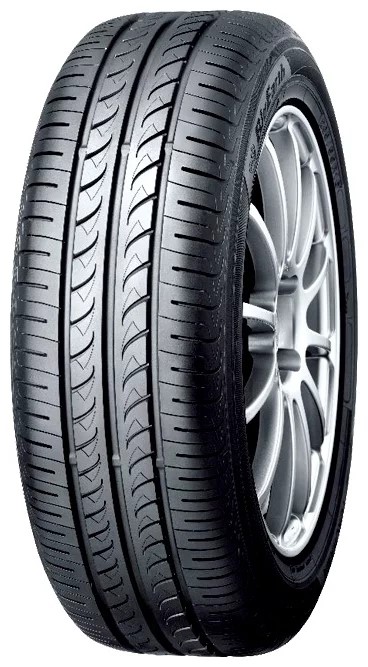
A very quiet tire with good handling in any weather. Not very good on dirt roads.
Average price of Yokohama Blu Earth AE01 205/55 R16 91H - 3910 rubles.
Advantages:
- Quiet;
- Controllability.
Disadvantages:
- Low wear resistance.
The best tires with a symmetrical directional pattern
This is the next step in the evolution of passenger car tires. The very idea of a directional tread pattern is not new; it has been successfully implemented in tires for agricultural machinery for more than a decade.
The idea is simple: due to the forces arising during the movement, water, mud, sand and other substances that prevent good contact of the tire with the road are squeezed out of the contact patch outside the track. Thanks to this, tires with this type of pattern have a good self-cleaning ability, throwing mud at the wheel arches and sills of the car, but at the same time saving the car from aquaplaning and skidding, while maintaining good directional and lateral stability.
On the sidewall of such tires there is an inscription "ROTATION" and an arrow that indicates the direction of rotation of the wheel when the car is moving forward. Mounting of such a tire is carried out in accordance with the direction of rotation, because of this feature, the wheels can be swapped without dismantling from the rims only on one side of the car.
The level of noise comfort is lower than that of symmetrical non-directional tires. Symmetrical directional tires are often found in the sports car segment due to their good handling, fast and adequate steering response, excellent directional stability and lateral stability.
Dunlop SP Sport Maxx 205/55 R16 91W
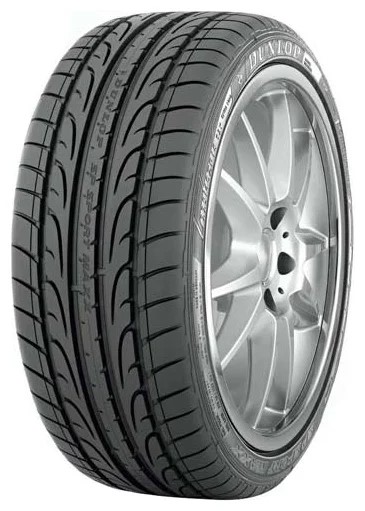
A tire with good handling characteristics on the road in all weather conditions. Resistant to cord damage, cuts and punctures.
Average price of Dunlop SP Sport Maxx 205/55 R16 91W - 4010 rubles.
Advantages:
- Controllability;
- Strength.
Disadvantages:
- Weight - a little heavy;
- Quite noisy.
Hankook Tire Ventus V12 evo2 K120 205/55 R16 94W
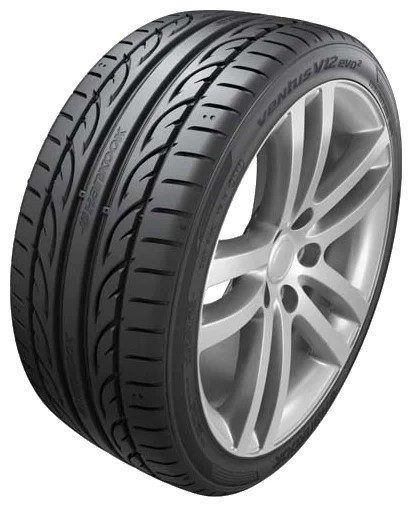
A good tire at a very reasonable price. Due to the softness of the rubber, it is noticeably less noisy compared to the "classmates". We won in noise - lost in durability.
Average price Hankook Tire Ventus V12 evo2 K120 205/55 R16 94W - 4150 rubles.
Advantages:
- Quiet;
- The price is lower than that of competitors
- Handling on the road in all weather conditions.
Disadvantages:
- Wear out quickly.
MICHELIN CrossClimate + 205/55 R16 91H

A masterpiece from the MICHELIN engineers. Excellent handling. Excellent stability. Absolute indifference to aquaplaning. According to the manufacturer, it can be used at any time of the year, thanks to the combination of the rubber composition and the shape of the pattern. The weak point is the sidewall. Afraid of side cuts. In the line of standard sizes, you can find almost any size with a landing diameter from 14 to 19 inches, with a width from 175 to 255 mm, with a profile height from 35 to 70 percent.
Average price of MICHELIN CrossClimate + 205/55 R16 91H - 5250 rubles.
Advantages:
- Quiet;
- All-season;
- Controllability.
Disadvantages:
- Afraid of side cuts.
The best tires with an asymmetric pattern
The asymmetric tread pattern is the result of a long research work on the study of the processes occurring in the zone of the tire contact patch during the movement of the car.
Today it is the most common type of pattern for passenger tires intended for operation during the period of the year with positive average daily temperatures. An increase in the contact area in those areas where it is needed, a more efficient drainage of water from the contact patch, allow tires with an asymmetric pattern to work equally confidently in straight-line driving and in corners in all weather conditions.
Some engineering tweaks to the sipe layout reduce rolling resistance and tire noise, saving fuel and increasing acoustic comfort while driving. The sidewall of asymmetric tires is marked with INSIDE for the inner side and OUTSIDE for the outer side. The tire is mounted on the disc only in accordance with this marking. If necessary, you can change wheels on a car with such tires in any order.
Kumho Ecsta HS51 205/60 R16 92H

The tire is soft and energy-consuming - it smooths out unevenness in the road. It has good traction characteristics, allowing the car to accelerate and brake effectively, but due to the softness there is a slight slip effect in corners. Due to the stiffer sidewall, it is resistant to side damage.
The average price of Kumho Ecsta HS51 205/60 R16 92H - 3940 rubles.
Advantages:
- Low noise level;
- Strength.
Disadvantages:
- Not perfect handling.
Nokian Tires Hakka Green 2 205/55 R16 94H

The famous brand was one of the first to produce tires with an asymmetrical tread pattern. Nokian Tires tires are of high quality workmanship, low noise level and good handling. Comfort is achieved through a fairly soft but durable sidewall.
Tires develop a resource of 40-60 thousand kilometers, but after 40 thousand km, when the tread is worn by 60-70 percent, there may be signs of lateral cord destruction (so-called hernias), which forces you to change tires for new ones. But even with a damaged cord, the tire continues to work, withstanding all the declared loads, and will help to comfortably and safely get to the place of its replacement.
Average price of Nokian Tires Hakka Green 2 205/55 R16 94H - 3600 rubles.
Advantages:
- Quiet;
- Low propensity for aquaplaning;
- The price is lower than that of competitors;
- Handling on the road in all weather conditions.
Disadvantages:
- When 60 - 70 percent wear is reached, the lateral cord begins to collapse, but this happens after 45 - 50 thousand kilometers have been driven.
Yokohama BluEarth-A AE-50 205/55 R16 91V
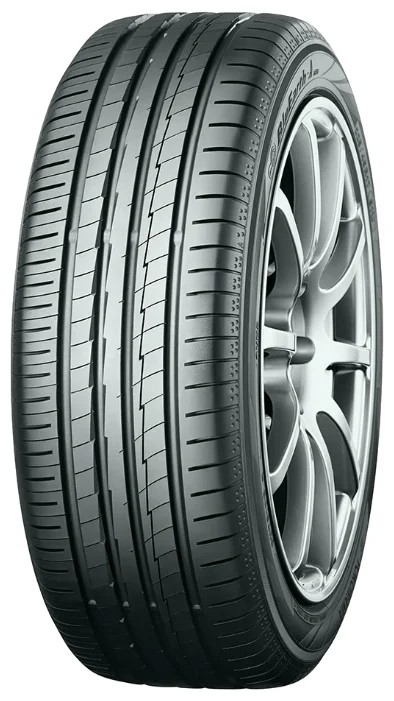
A good tire with decent handling characteristics and low noise levels. The tires of this brand have always been distinguished by good wear resistance.
Average price of Yokohama BluEarth-A AE-50 205/55 R16 91V - 4232 rubles.
Advantages:
- Low noise level;
- Wear resistance;
- Controllability.
Disadvantages:
- Works poorly on wet dirt roads.
The best all-round tires for all types of roads
Basically, these tires are used on SUVs and crossovers, occasionally forced to move off the highway with an even hard surface on unpaved, not always dry, roads. They generally have a symmetrical tread pattern with wider and deeper sipes.For the sake of improving their off-road qualities, manufacturers sacrifice noise reduction when driving on asphalt. These tires have a lower speed index and a higher load index.
Bridgestone Dueler A / T D697 225/75 R16 103S
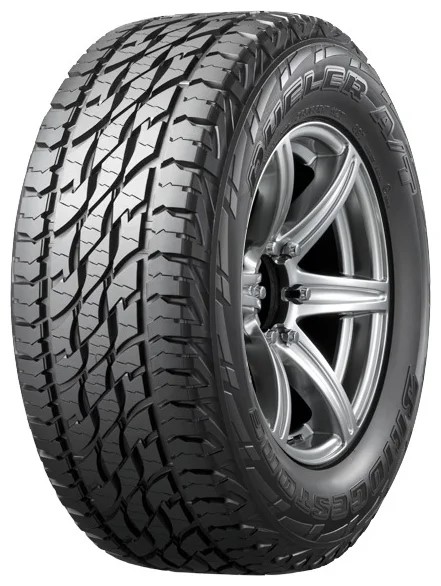
A favorite tire of many motorists. It behaves perfectly both on the highway and off-road. Resistant to damage and wear.
Average price Bridgestone Dueler A / T D697 225/75 R16 103S - 5455 rubles.
Advantages:
- Wear resistance;
- Controllability;
- Strength.
Disadvantages:
- Noisy.
Dunlop Grandtrek AT3 225/75 R16
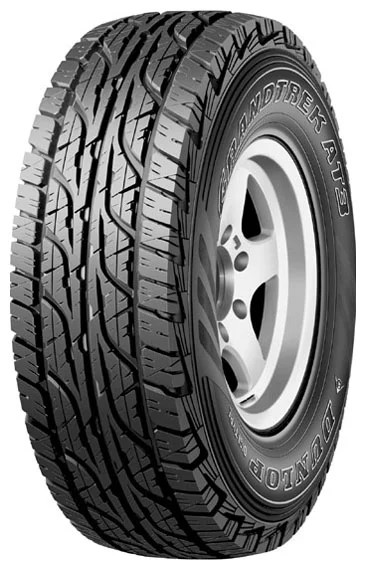
A good tire for those who at least occasionally leave on a country road. Sturdy, resistant to damage and wear, with good off-road properties.
Average price of Dunlop Grandtrek AT3 225/75 R16 - 5350 rubles.
Advantages:
- Good off-road performance;
- Wear resistance;
- Strength.
Disadvantages:
- Noisiness.
GOODYEAR Wrangler AT / SA 225/75 R16 104Т

This tire is quieter than its competitors. Has a decent speed index and good road handling. And it's not scary to move off the asphalt on it.
Average price of GOODYEAR Wrangler AT / SA 225/75 R16 104Т - 7352 rubles.
Advantages:
- Low noise level;
- Wear resistance;
- Controllability.
Disadvantages:
- Quite a high price.
The best off-road tires
The main purpose of these tires is off-road driving. They are more resistant to damage, as they are designed for movement on rocky ground. Because of these features, the tire is quite heavy, which creates certain difficulties during installation and negatively affects fuel consumption. Very noisy and poorly controlled when driving on asphalt. Designed for operation all year round, but on the highway at -20 ° C and below they become dubbed, grip decreases.
BFGoodrich All-Terrain T / A KO2 225/75 R16 115S
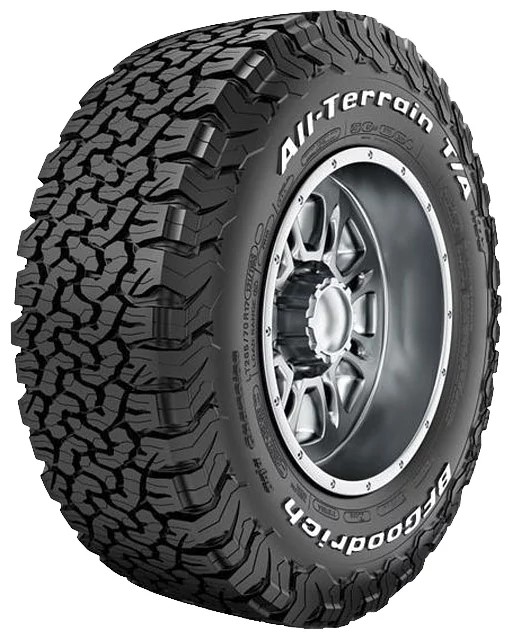
A true off-road tire that can handle heavy loads. Even serious damage to the tread to the cord, in most cases, leaves it in working order and allows you to get to the place of replacement or repair. High durability and strength give the driver confidence when driving off-road.
Average price BFGoodrich All-Terrain T / A KO2 225/75 R16 115S - 11530 rubles.
Advantages:
- Wear resistance;
- The quietest in its class;
- Strength.
Disadvantages:
- High price;
- Great weight.
Toyo Open Country M / T 225/75 R16 115 / 112P
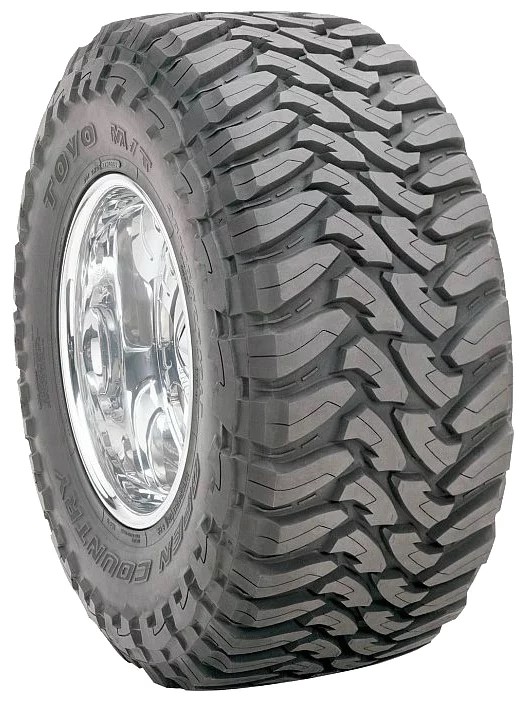
An excellent tire for those who choose directions, not roads. Handles dirt well. The strong sidewall allows for movement on rocky ground. Good out of rut.
Average price Toyo Open Country M / T 225/75 R16 115 / 112P - 7030 rubles.
Advantages:
- Thanks to the lateral hooks, it gets out of the rut perfectly;
- Wear resistance;
- Sidewall strength;
- Not a high price.
Disadvantages:
- Great weight.
Nokian Tires Rockproof 225/75 R16 115 / 112Q
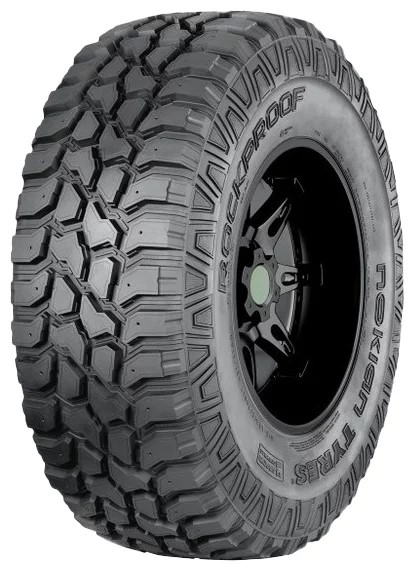
A tire with a very strong multi-layer sidewall. Despite the reinforced structure, the sidewall is soft, which adds to the ride comfort. Able to move on any type of soil, but when driving on deep clay, the tread quickly becomes clogged with mud. Good out of rut. Has the lowest speed index. When cornering, it falls heavily, intensively wearing out the side protector.
Average price of Nokian Tires Rockproof 225/75 R16 115 / 112Q - 7350 rubles.
Advantages:
- High strength;
- Wear resistance.
Disadvantages:
- Poor self-cleaning ability, on clay soil the tread becomes clogged with dirt.
There is no universal tire. We win in one, we lose in another. The trade-off between comfort, durability and strength must be with safety in mind. Very often we cannot judge tires objectively due to the subjective perception of their work. The main thing is for the person driving the car to feel confident in their actions on the road. The choice of your tire is yours.

